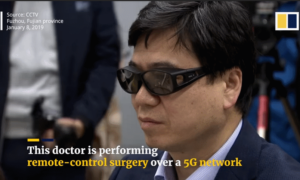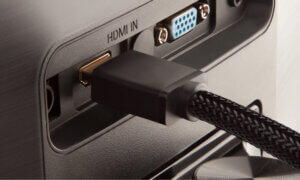Robots have their clumsy moments, but most of the time, we know what to expect from them. That’s because unlike humans, they work like clockwork, respecting a well-thought program. So, it’s no wonder that in an operating room, a robotic surgical arm can be much more precise than a human one. In fact, doctors in UK found out it can be 10 times more efficient in eye surgeries #machinemagic
Dutch engineering company Preceyes devised a robotic surgical device that was put to work in a recent trial held at a UK hospital. For a procedure that involved the removal of the membrane from the retina, 12 patients were divided into two groups. One group underwent a traditional, all-human-controlled procedure, while the second group led the robot perform the surgery.
Rest assured, the robot didn’t act alone. A human surgeon controlled the movements of the robot using a joystick and touchscreen. The robotic device could move in just three directions: up or down, left or right and toward the head or toward the feet. Its advantage was the extreme precision it could employ – movements of just 1 micron. This was essential for the trial, since the membrane is about 10 microns thick and needs to be removed without scarring the retina. The robot had to operate through a single hole in the lens smaller than one millimeter in diameter.
Fortunately, the robot passed its test with flying colors: “We have demonstrated safety in a delicate operation. The system can provide high precision [at] 10 microns in all three primary [directions], which is about 10 times more precise than what a surgeon can do,” said Dr. Marc de Smet, who helped design the robot. If that wasn’t an accomplishment in itself, then hear us out: this event also marked the first ever robot-assisted eye surgery.
Thanks to the precision of the device, the patients that went under the robotic “knife” had fewer hemorrhages and less retina damage.
Follow TechTheLead on Google News to get the news first.





























